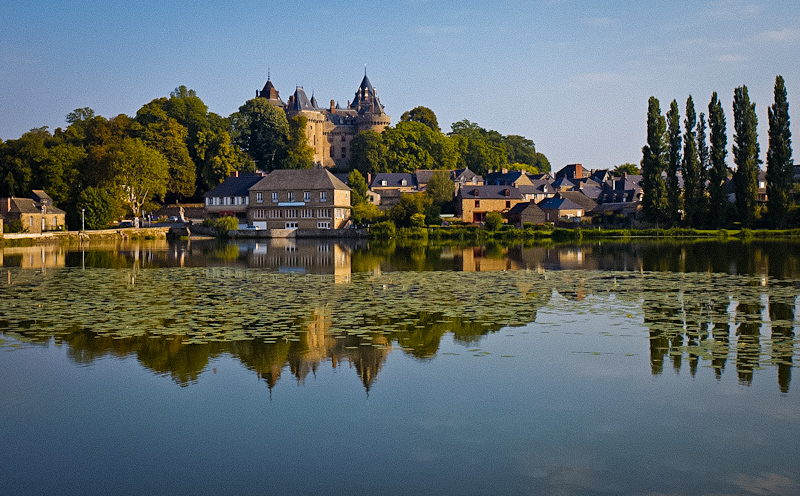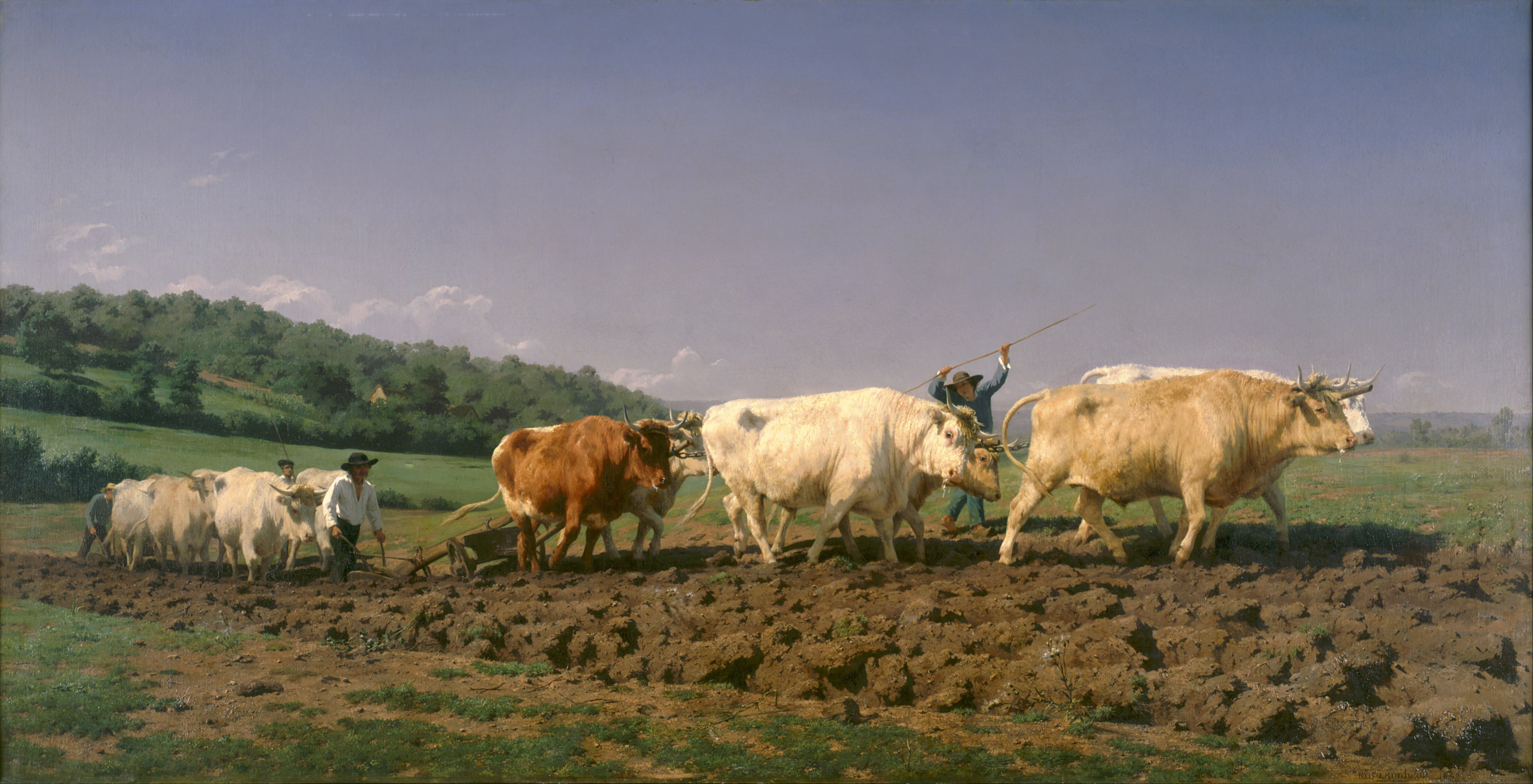|
Andrea Gastaldi
Andrea Gastaldi (April 18, 1826 – January 9, 1889) was an Italian painter, primarily of historical canvases and portraits. Biography Gastaldi was born and died in Turin, Piedmont. He studied at the Accademia Albertina under Michele Cusa, Giovan Battista Biscarra, and Carlo Arienti. He then traveled to Florence and Rome during 1850–1851 and 1853–1859; and spent some time in Paris studying in the studio of the history painter Thomas Couture. He met also Paul Delaroche. In 1860 at the Promotrice of Turin, with the painting of ''Pietro Micca'', he won the institute award funded by the Marchese Di Breme, and was nominated to be professor of painting at the Albertina. Among his other works depicting historical or literary subjects is ''The Prisoner of Chillon'' (1854, Promotrice at Turin). This work is based on a poem by Lord Byron and was made into an acquaforte engraving by Alberto Maso Gilli in 1864 in an Album of the Promotrice. Other works include: '' Gerolamo Savo ... [...More Info...] [...Related Items...] OR: [Wikipedia] [Google] [Baidu] |
Turin
Turin ( , Piedmontese language, Piedmontese: ; it, Torino ) is a city and an important business and cultural centre in Northern Italy. It is the capital city of Piedmont and of the Metropolitan City of Turin, and was the first Italian capital from 1861 to 1865. The city is mainly on the western bank of the Po (river), Po River, below its Susa Valley, and is surrounded by the western Alps, Alpine arch and Superga Hill. The population of the city proper is 847,287 (31 January 2022) while the population of the urban area is estimated by Larger Urban Zones, Eurostat to be 1.7 million inhabitants. The Turin metropolitan area is estimated by the Organisation for Economic Co-operation and Development, OECD to have a population of 2.2 million. The city used to be a major European political centre. From 1563, it was the capital of the Duchy of Savoy, then of the Kingdom of Sardinia ruled by the House of Savoy, and the first capital of the Kingdom of Italy from 1861 to 1865. T ... [...More Info...] [...Related Items...] OR: [Wikipedia] [Google] [Baidu] |
François-René De Chateaubriand
François-René, vicomte de Chateaubriand (4 September 1768 – 4 July 1848) was a French writer, politician, diplomat and historian who had a notable influence on French literature of the nineteenth century. Descended from an old aristocratic family from Brittany, Chateaubriand was a royalist by political disposition. In an age when large numbers of intellectuals turned against the Church, he authored the ''Génie du christianisme'' in defense of the Catholic faith. His works include the autobiography ''Mémoires d'Outre-Tombe'' ("''Memoirs from Beyond the Grave''"), published posthumously in 1849–1850. Historian Peter Gay says that Chateaubriand saw himself as the greatest lover, the greatest writer, and the greatest philosopher of his age. Gay states that Chateaubriand "dominated the literary scene in France in the first half of the nineteenth century". Biography Early years and exile Born in Saint-Malo on 4 September 1768, the last of ten children, Chateaubriand ... [...More Info...] [...Related Items...] OR: [Wikipedia] [Google] [Baidu] |
Giacomo Gandi
Giacomo Gandi (1846 – 1932) was an Italian painter noted for genre painting. Biography He was born in Saluzzo in the Province of Cuneo, Italy, to an author of agricultural texts. After studying briefly under Andrea Gastaldi at the Accademia Albertina in Turin, Giacomo Gandi continued his formation independently by making trips to Florence, Rome – where he settled around 1869 – and Parma. He appears to have prided himself in never setting foot in the Accademia di San Luca in Rome, instead training with a painter by the surname Gigi. Moving to Savigliano after 1874, he specialised in genre painting and watercolour in which he executed two works for the 1878 Exposition Universelle in Paris. He participated in the national exhibitions in Milan in 1872, Turin in 1880 and 1884, Milan in 1881 and, two years later in the Rome Esposizione di Belle Arti. He also took part in the shows organised by the Società Promotrice di Belle Arti di Torino from 1870 to 1896, as well as those in G ... [...More Info...] [...Related Items...] OR: [Wikipedia] [Google] [Baidu] |
Lorenzo Gastaldi
Lorenzo may refer to: People * Lorenzo (name) Places Peru * San Lorenzo Island (Peru), sometimes referred to as the island of Lorenzo United States * Lorenzo, Illinois * Lorenzo, Texas * San Lorenzo, California, formerly Lorenzo * Lorenzo State Historic Site, house in New York State listed on the National Register of Historic Places Art, entertainment, and media ;Films and television * ''Lorenzo'' (film), an animated short film * ''Lorenzo's Oil'', a film based on a true story about a boy suffering from Adrenoleukodystrophy and his parents' journey to find a treatment. * ''Lorenzo's Time'', a 2012 Philippine TV series that aired on ABS-CBN ;Music *Lorenzo (rapper), French rapper * "Lorenzo", a 1996 song by Phil Collins Other uses * List of storms named Lorenzo * Lorenzo patient record systems, a type of electronic health record in the United Kingdom See also * San Lorenzo (other) * De Lorenzo * di Lorenzo * Lorenzen (other) Lorenzen may refer to People * Lo ... [...More Info...] [...Related Items...] OR: [Wikipedia] [Google] [Baidu] |
Rosa Bonheur
Rosa Bonheur (born Marie-Rosalie Bonheur; 16 March 1822 – 25 May 1899) was a French artist known best as a painter of animals ( animalière). She also made sculpture in a realist style. Her paintings include '' Ploughing in the Nivernais'', first exhibited at the Paris Salon of 1848, and now in the Musée d'Orsay in Paris, and '' The Horse Fair'' (in French: ''Le marché aux chevaux''), which was exhibited at the Salon of 1853 (finished in 1855) and is now in the Metropolitan Museum of Art in New York City. Bonheur was widely considered to be the most famous female painter of the nineteenth century. Bonheur was openly lesbian. She lived with her partner Nathalie Micas for over 40 years until Micas's death, after which she began a relationship with American painter Anna Elizabeth Klumpke. Early development and artistic training Bonheur was born on 16 March 1822 in Bordeaux, Gironde, the oldest child in a family of artists.Kuiper, Kathleen"Rosa Bonheur" ''Encyclopædia Britann ... [...More Info...] [...Related Items...] OR: [Wikipedia] [Google] [Baidu] |
Bartolomeo Giuliano
Bartolomeo Giuliano (15 August 1825, Susa — 12 April 1909, Milan) was an Italian painter; primarily of portraits and genre scenes. Biography His father was a wealthy doctor and he had a comfortable childhood. In 1832, when he was seven, his family moved to Turin. After completing his basic education, he attended the Accademia Albertina, where he studied drawing with Giovanni Battista Biscarra and painting with Carlo Arienti.Giovanni Reduzzi, ''ABC. Rivista d'arte. Artisti dell'ottocento'', 1934, pp.11-13 Upon graduating, in 1845, he worked in the studios of his friend and colleague, Giovanni Battista Arnaud. The following year, he began presenting his works at the "Society for Promotion of the Fine Arts". In 1857, after several years of traveling between Sardinia and Tuscany, he was called to the Accademia in Turin, where he became an assistant professor of figure drawing to Enrico Gamba. After 1860, he held the same position at the Scuola Militare Teulié in Milan, then at ... [...More Info...] [...Related Items...] OR: [Wikipedia] [Google] [Baidu] |
Lope De Vega
Félix Lope de Vega y Carpio ( , ; 25 November 156227 August 1635) was a Spanish playwright, poet, and novelist. He was one of the key figures in the Spanish Golden Age of Baroque literature. His reputation in the world of Spanish literature is second only to that of Miguel de Cervantes, while the sheer volume of his literary output is unequalled, making him one of the most prolific authors in the history of literature. He was nicknamed "The Phoenix of Wits" and "Monster of Nature" (in es , Fénix de los Ingenios , links=no, ) by Cervantes because of his prolific nature. Lope de Vega renewed the Spanish theatre at a time when it was starting to become a mass cultural phenomenon. He defined its key characteristics, and along with Pedro Calderón de la Barca and Tirso de Molina, took Spanish Baroque theatre to its greatest heights. Because of the insight, depth and ease of his plays, he is regarded as one of the greatest dramatists in Western literature, his plays still being ... [...More Info...] [...Related Items...] OR: [Wikipedia] [Google] [Baidu] |
Matteo Bandello
Matteo Bandello ( 1480 – 1562) was an Italian writer, soldier, monk, and, later, a Bishop mostly known for his novellas. His collection of 214 novellas made him the most popular short-story writer of his day. Biography Matteo Bandello was born at Castelnuovo Scrivia, near Tortona (current Piedmont), 1480. He received a good education, and entered the church, but does not seem to have been very interested in theology. For many years he lived at Mantua and Castel Goffredo, and superintended the education of the celebrated Lucrezia Gonzaga, in whose honour he composed a long poem. The decisive Battle of Pavia, as a result of which Lombardy was taken by the emperor, compelled Bandello to flee; his house at Milan was burnt and his property confiscated. He took refuge with Cesare Fregoso, an Italian general in the French service, whom he accompanied into France. He was later raised to the bishopric of Agen, a town in which he resided for many years before his death in 1562. B ... [...More Info...] [...Related Items...] OR: [Wikipedia] [Google] [Baidu] |
Pennsylvania Academy Of The Fine Arts
The Pennsylvania Academy of the Fine Arts (PAFA) is a museum and private art school in Philadelphia, Pennsylvania."Pennsylvania Academy of the Fine Arts" Encyclopedia Britannica, Retrieved 28 July 2018. It was founded in 1805 and is the first and oldest art museum and art school in the United States. The academy's museum is internationally known for its collections of 19th- and 20th-century American paintings, sculptures, and works on paper. Its archives house important materials for the study of American art history, museums, and art training. It offers a Bachelor of Fine Arts, [...More Info...] [...Related Items...] OR: [Wikipedia] [Google] [Baidu] |
Parisina
''Parisina'' is a 586-line poem written by Lord Byron. It was probably written between 1812 and 1815, and published on 13 February 1816. It is based on a story related by Edward Gibbon in his '' Miscellaneous Works'' (1796) about Niccolò III d'Este, one of the dukes of Ferrara in the 15th century. Niccolò found out that Parisina Malatesta, his second wife, had an incestuous relationship with his bastard son Ugo and had both of them put to death. In Byron's poem, Azo (his version of Niccolò) learns of the affair when Parisina mutters the name of Hugo (Ugo) in her sleep. In another embellishment by Byron, Parisina and Hugo were engaged to be married before Azo decided to marry her. Also, Azo sentences only Hugo to death; Parisina's fate is unknown, except for the fact that she is forced to witness Hugo's execution and utters a shriek that indicates approaching madness. Azo is tormented by his decision. Operas * ''Parisina'' by Gaetano Donizetti, after a libretto by Felice Rom ... [...More Info...] [...Related Items...] OR: [Wikipedia] [Google] [Baidu] |




_01.jpg)

.jpg)
